Imagine a world where old, discarded tyres no longer pile up in landfills or burn in toxic dumps. Instead, they get a new life, turning into useful, high-quality rubber. This isn’t some futuristic fantasy—it’s the power of whole tyre reclaimed rubber (WTRR).
Industries are under constant pressure to reduce waste, cut costs, and improve sustainability. But traditional rubber production is expensive and environmentally damaging. This is where WTRR steps in as a game-changer. But why should industries make the switch? Let’s dive deep into the benefits and real-world applications of this eco-friendly material.
What is Whole Tyre Reclaimed Rubber?
Before we get into the ‘why,’ let’s clarify the ‘what.’ Whole tyre reclaimed rubber is rubber that has been extracted from discarded tyres, processed, and repurposed for various industrial uses. Unlike synthetic or virgin rubber, WTRR is created by breaking down old tyres through mechanical, chemical, or thermal processes.
The Environmental Imperative: Reducing Waste and Pollution
Did you know that the world produces over 1.5 billion waste tyres annually? Most of them end up in landfills or illegal dumping sites, where they take hundreds of years to decompose. By reclaiming rubber, industries can significantly reduce this massive waste problem.
Lower Carbon Footprint
Producing virgin rubber involves deforestation (especially in rubber plantations) and energy-intensive manufacturing processes. WTRR, on the other hand, requires far less energy to produce, cutting carbon emissions by up to 90% compared to new rubber.
Reducing Toxicity and Air Pollution
Burning tyres releases harmful chemicals like dioxins and heavy metals into the air. Switching to reclaimed rubber prevents these dangerous pollutants from contaminating our environment.
Economic Benefits: Cost Savings and Profitability
Virgin rubber is expensive, thanks to raw material scarcity and high processing costs. Reclaimed rubber is 30-50% cheaper, making it a financially attractive alternative for industries looking to cut expenses without compromising quality.
Energy and Resource Efficiency
Recycling tyres into WTRR requires significantly less energy than producing new rubber. This translates into lower electricity and fuel bills for manufacturers.
Stable Supply Chain
Global rubber shortages and price fluctuations often disrupt industries. With WTRR, manufacturers can rely on a consistent and sustainable supply of raw material, reducing risks associated with market instability.
Superior Performance and Versatility
Many believe that reclaimed rubber is inferior to virgin rubber. That’s a myth. Modern processing techniques ensure that WTRR retains strong elasticity, durability, and tensile strength, making it suitable for a wide range of applications.
Enhancing Product Durability
Reclaimed rubber can actually improve the longevity of products by increasing resistance to wear and tear. This is why it’s widely used in automotive, construction, and footwear industries.
Improved Processing and Molding
WTRR is easier to mold and shape than virgin rubber, allowing manufacturers to create complex designs with less material waste.
Challenges and Misconceptions About Reclaimed Rubber
This outdated belief stems from earlier, poorly processed versions of reclaimed rubber. Today’s WTRR meets high industry standards and performs on par with virgin rubber.
It’s Not Environmentally Friendly Enough
Some argue that the chemical processes involved in reclaiming rubber are harmful. However, modern techniques use minimal chemicals and are far cleaner than traditional rubber production.
Switching is Expensive
On the contrary, industries that switch to WTRR save money in the long run through reduced raw material costs and improved efficiency.
Conclusion: The Future of Sustainable Rubber is Here
The industrial world can no longer afford to ignore the environmental and economic impact of rubber waste. Whole tyre reclaimed rubber offers a sustainable, cost-effective, and high-performance alternative to virgin rubber. By making the switch, industries not only cut costs and improve efficiency but also contribute to a cleaner, greener planet.
So, if you’re in an industry that relies on rubber, ask yourself: Why stick to outdated, expensive, and unsustainable methods when a better solution is right at your fingertips?
FAQs
1. How does whole tyre reclaimed rubber compare to synthetic rubber?
WTRR is more eco-friendly and cost-effective, whereas synthetic rubber relies on petroleum-based materials that contribute to pollution and price instability.
2. Can reclaimed rubber be used in high-performance applications?
Absolutely! Industries like automotive, construction, and sports equipment already use WTRR due to its durability and resilience.
3. Is switching to WTRR difficult for manufacturers?
Not at all. Many manufacturers blend reclaimed rubber with virgin rubber, making the transition smooth without sacrificing quality.
4. Does reclaimed rubber have a limited lifespan?
No. With modern processing methods, WTRR products can last as long as those made from virgin rubber.
5. Where can industries source whole tyre reclaimed rubber?
Many eco-friendly suppliers and recycling plants provide high-quality WTRR. It’s widely available and gaining traction as a sustainable choice.
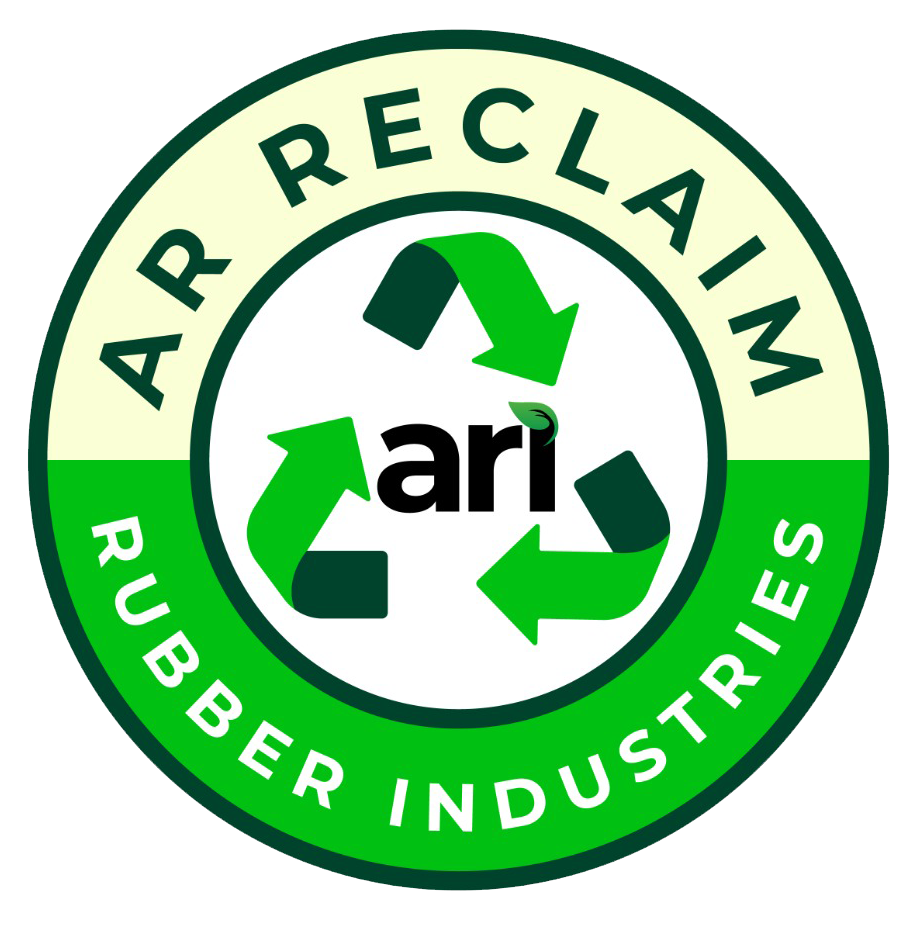
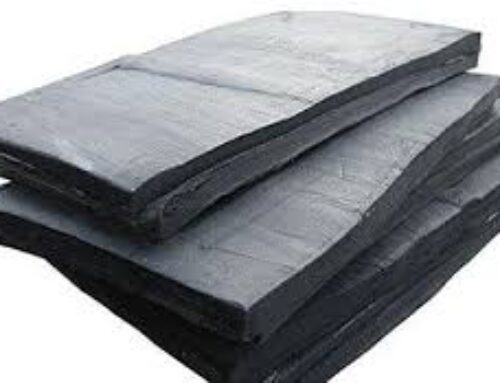
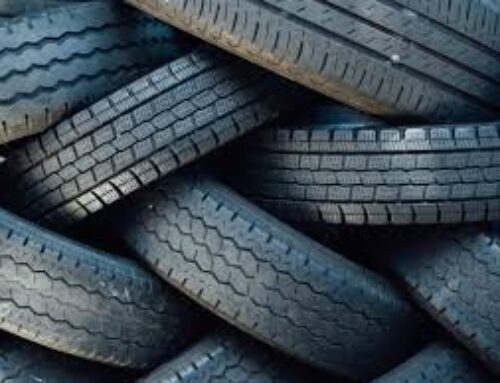

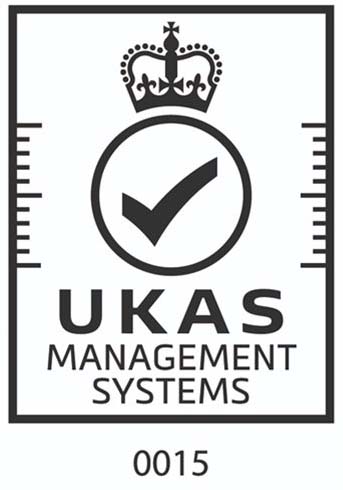
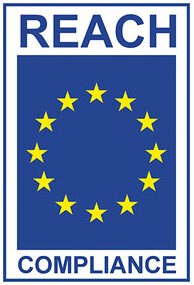

Leave A Comment